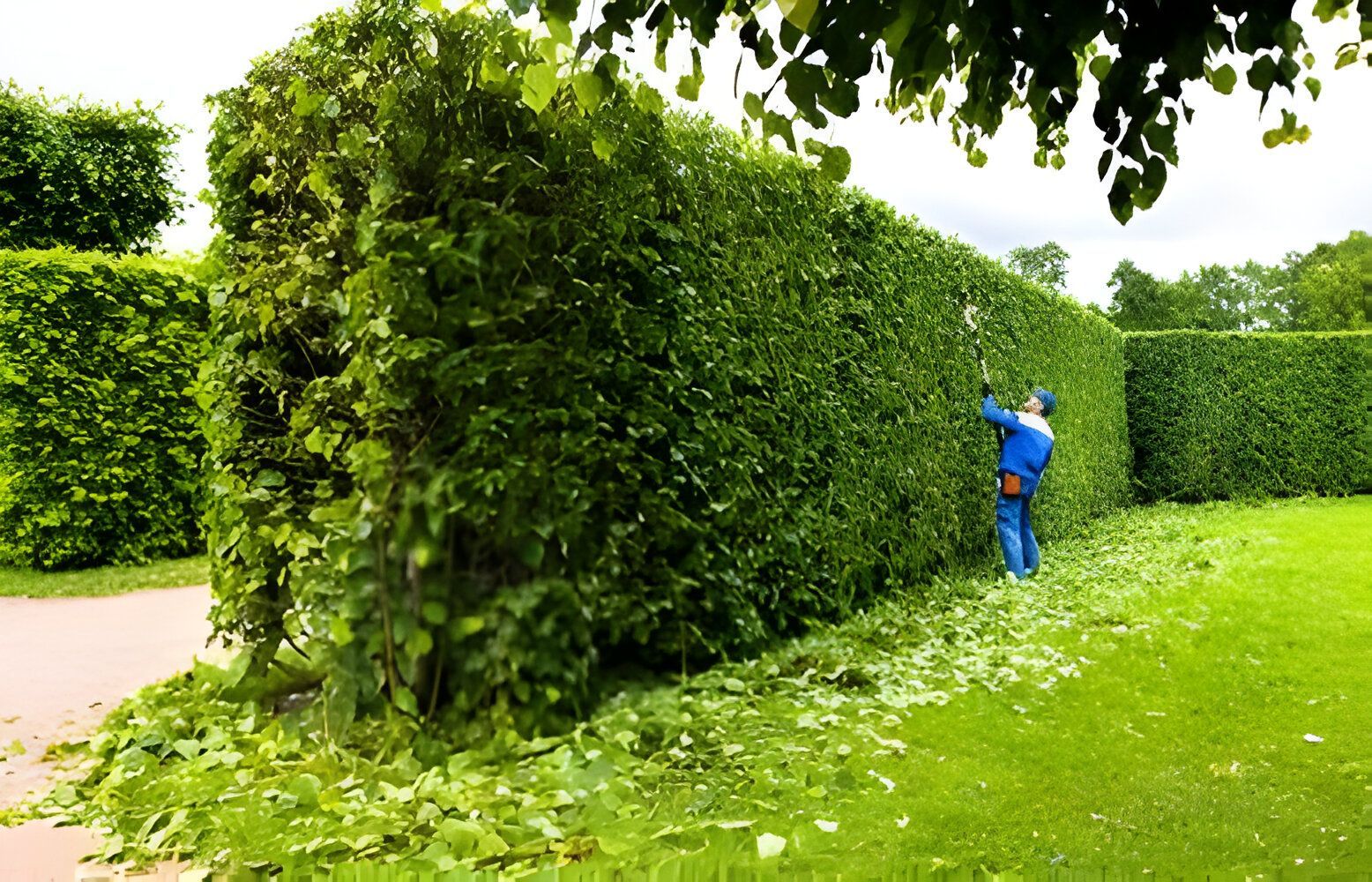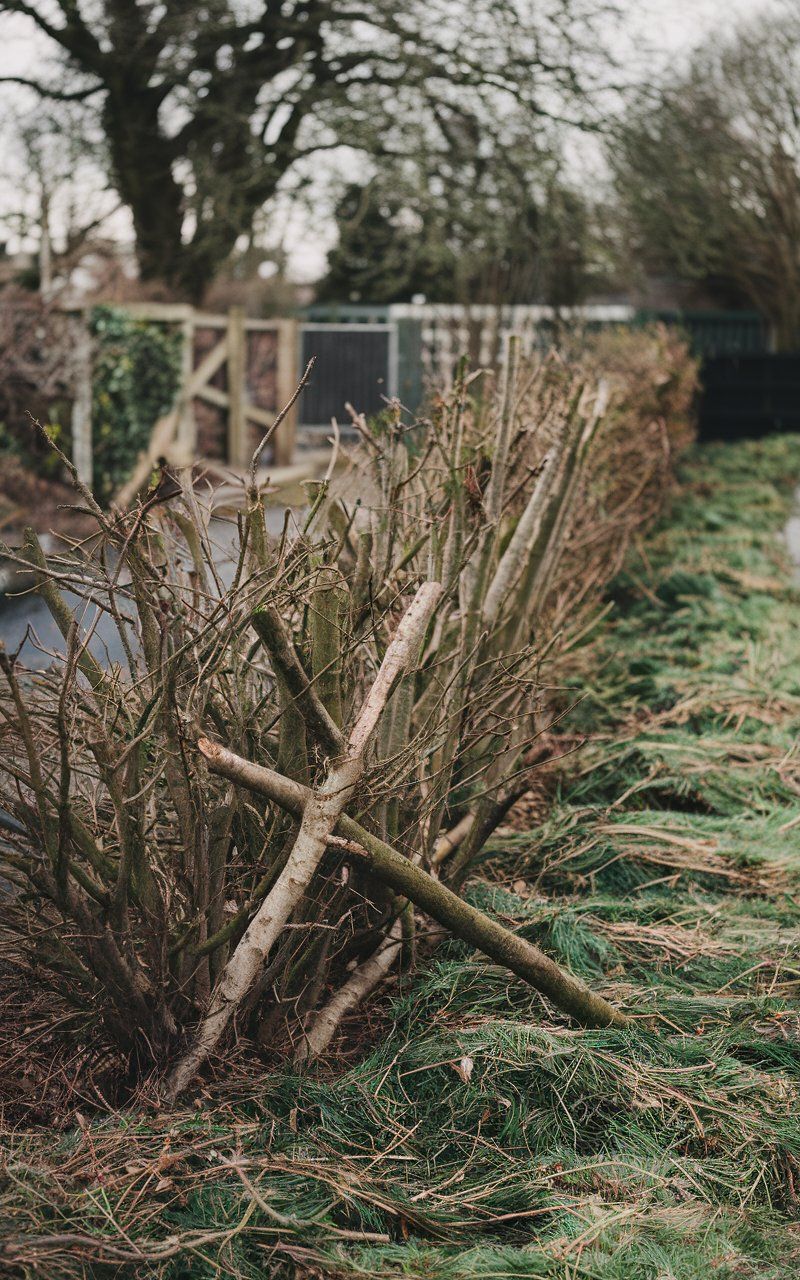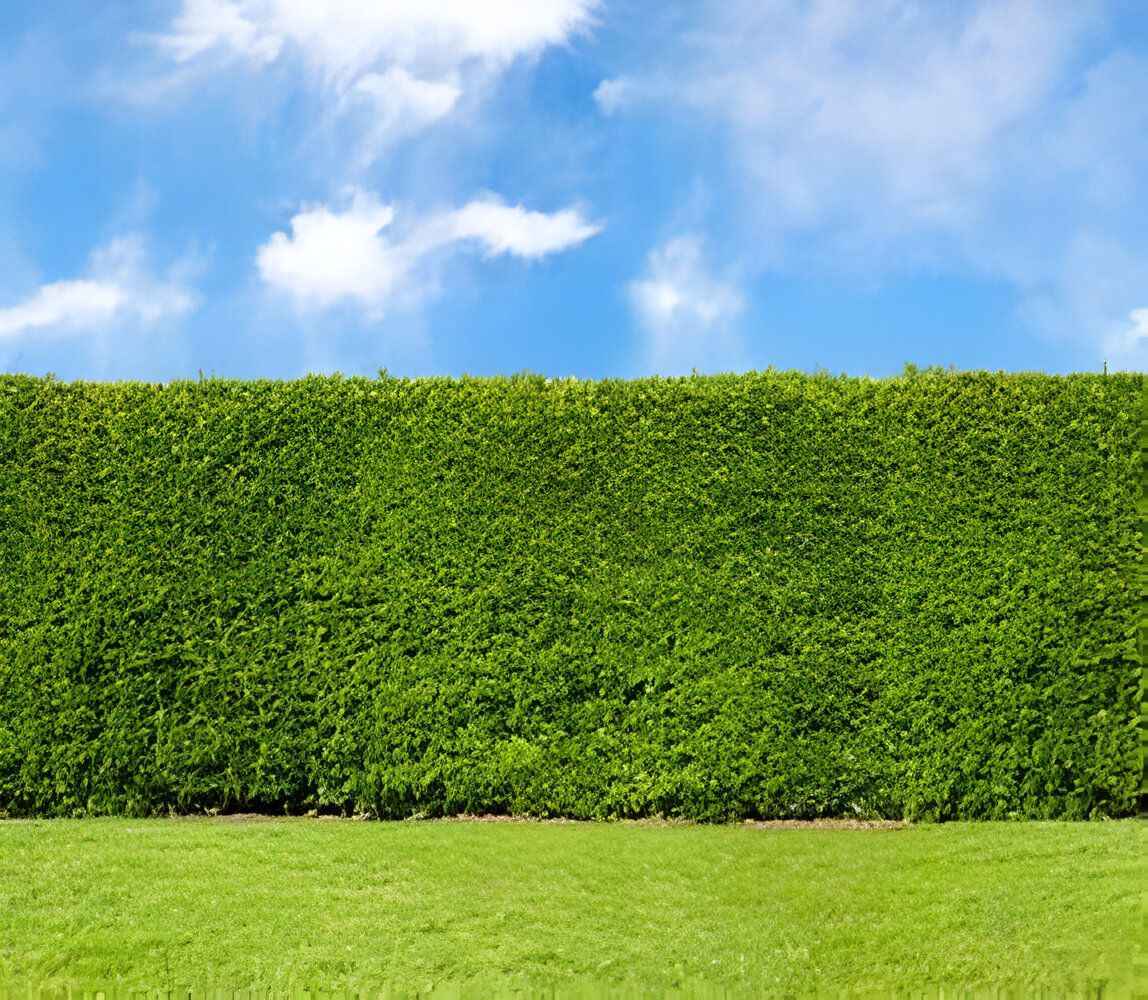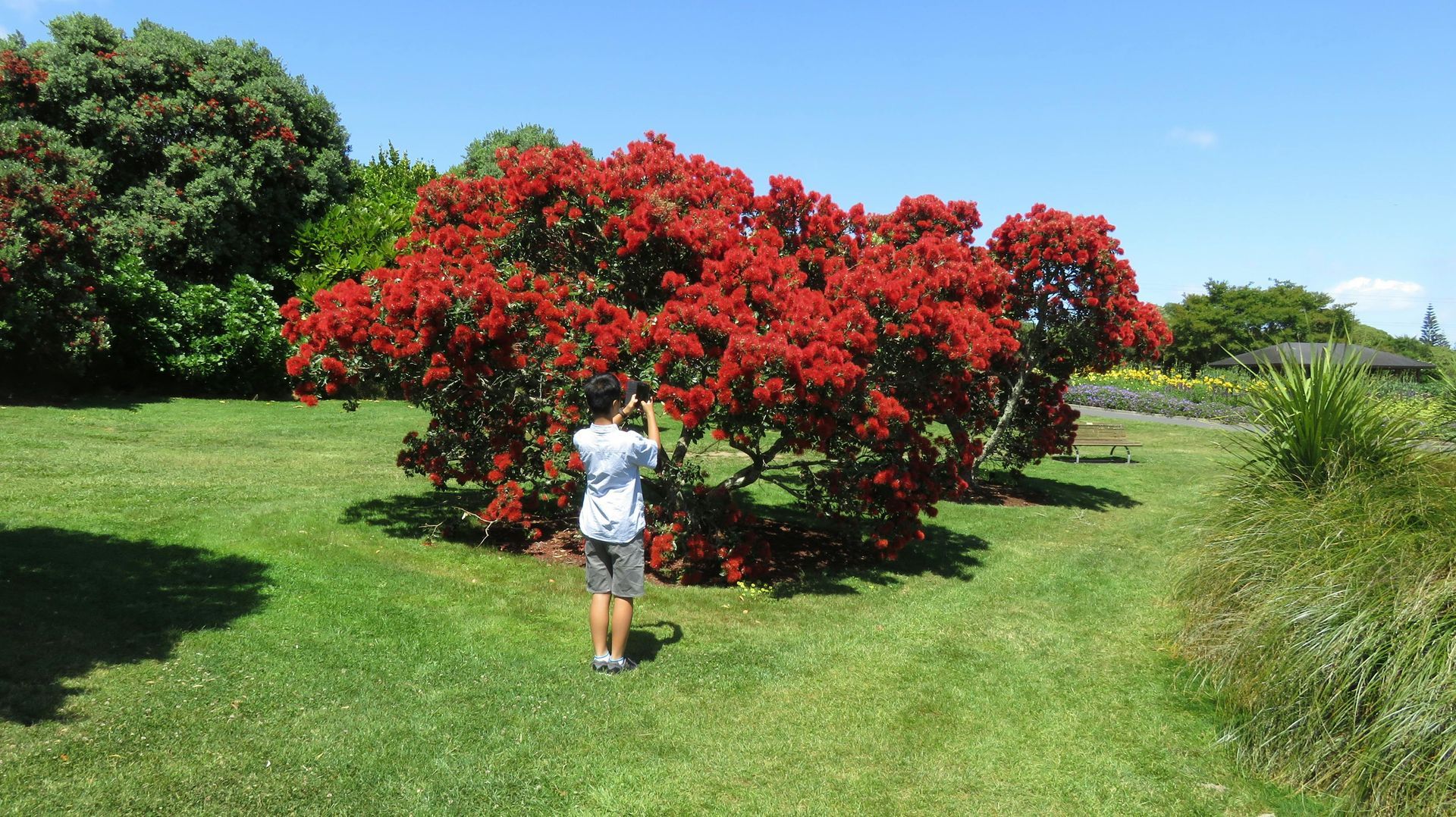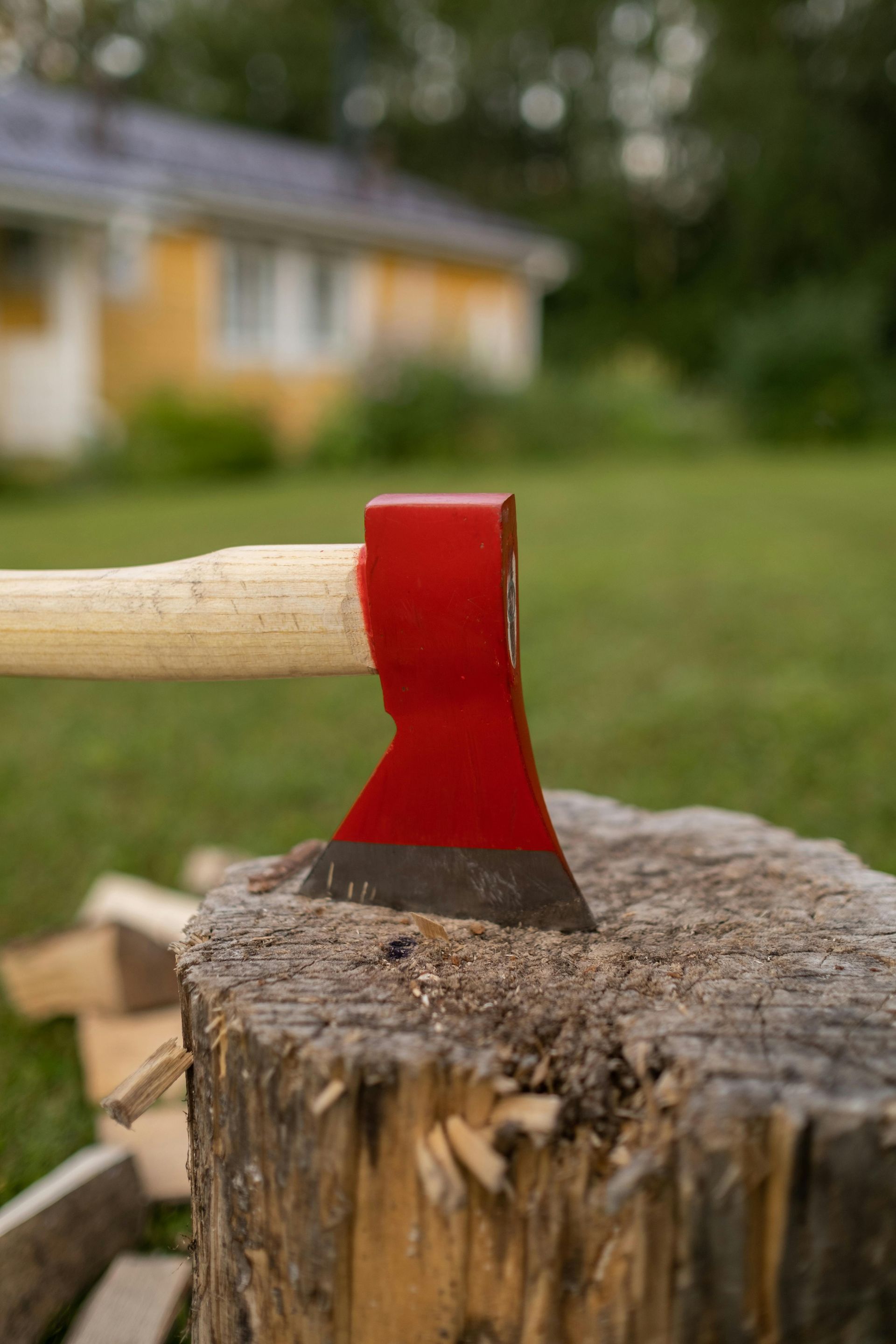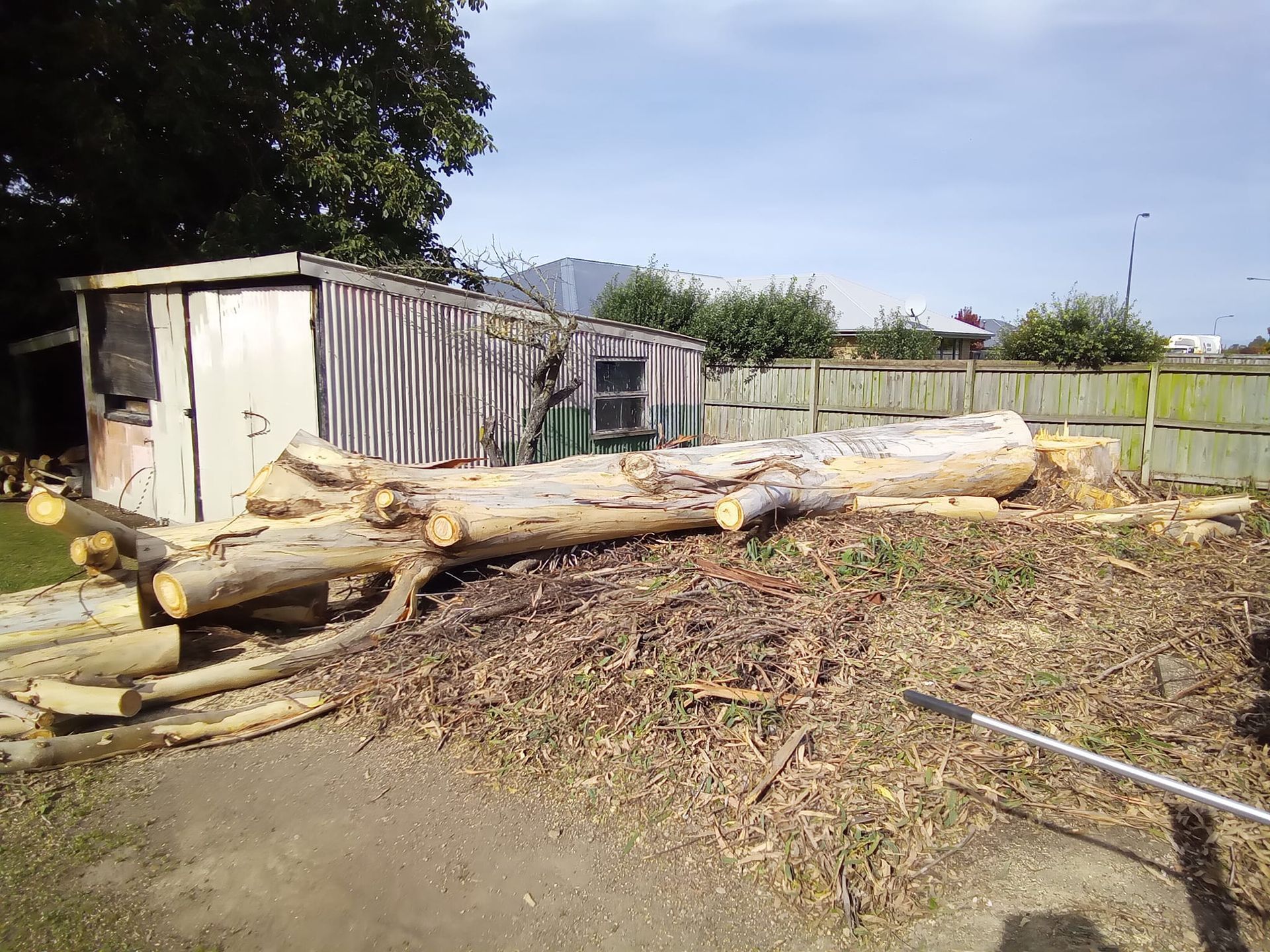What Part of a Tree Should Not Be Cut?
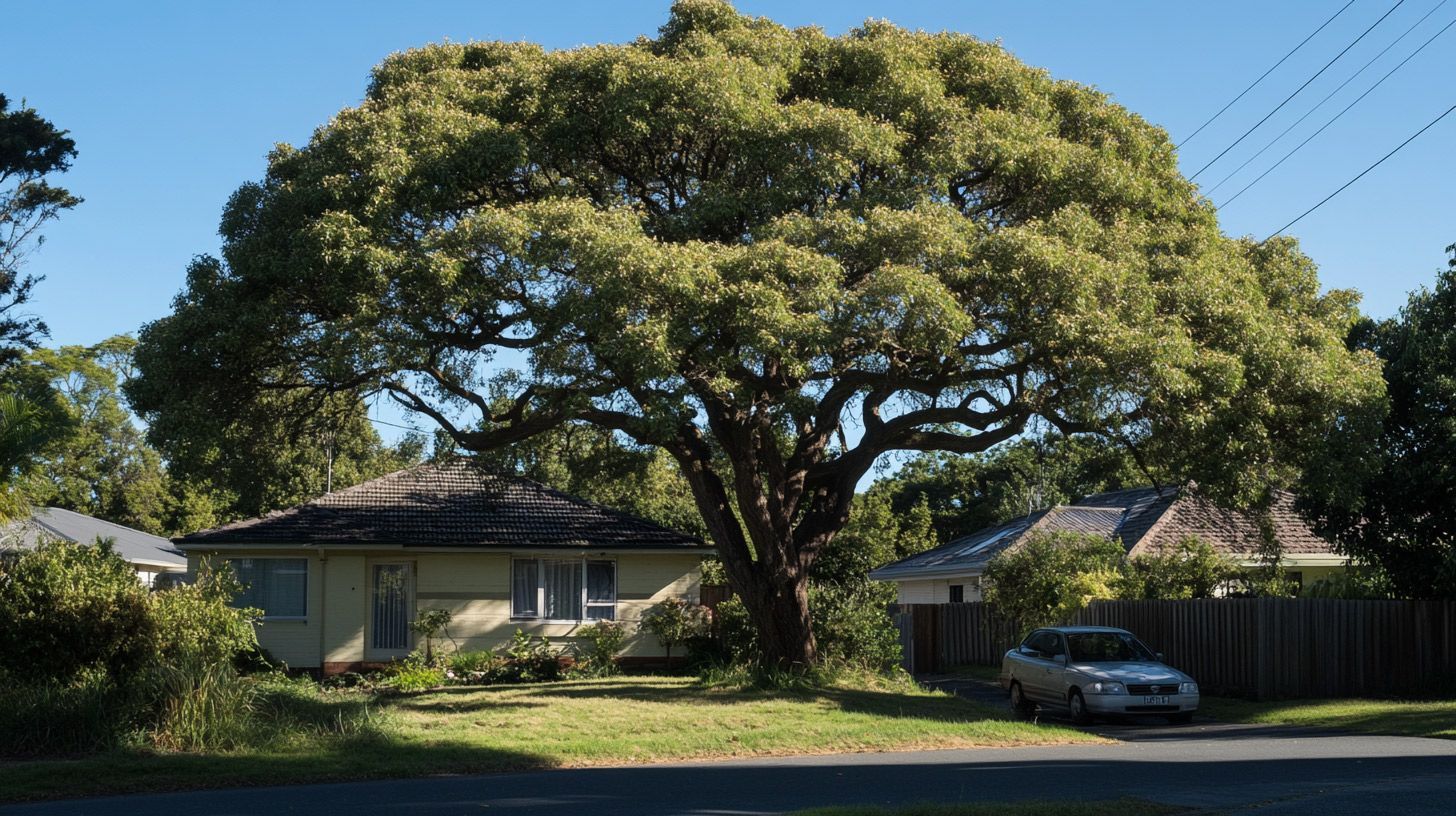
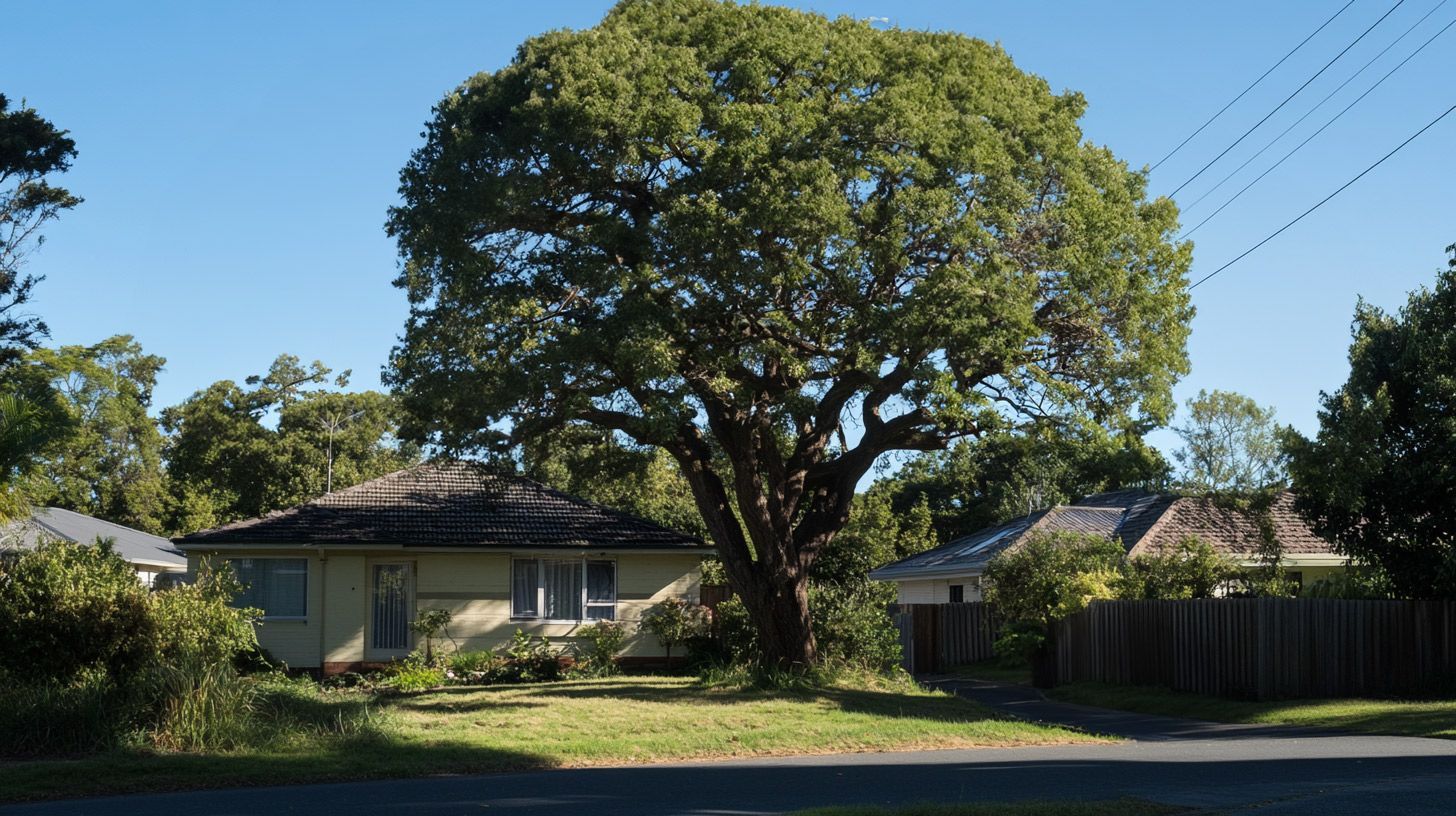
Pruning and trimming trees are essential for their health and appearance, but knowing what parts of a tree should not be cut is just as important as understanding what can be trimmed. Cutting the wrong parts can weaken the tree, lead to diseases, or even cause long-term damage. So, what parts of a tree should be avoided during trimming?
Let’s explore the details.
- Why It’s Important to Know What Not to Cut
- Pruning the wrong parts of a tree can.
- Harm its structural integrity.
- Leave it vulnerable to pests and diseases.
- Interrupt its natural growth patterns.
- Understanding tree anatomy and pruning techniques can help you avoid costly mistakes.
What Parts of a Tree Should Not Be Cut?
1. The Trunk
The trunk is the tree’s main support system. Cutting into the trunk, especially without proper technique, can:
Damage vital tissues that transport water and nutrients.
Leave the tree susceptible to infections and decay.
2. Major Structural Branches
These large branches provide balance and strength to the tree.
Removing them unnecessarily can.
Weaken the tree’s overall structure.
Increase the risk of storm damage.
3. Root System
Tree roots are critical for stability and nutrient absorption. Cutting roots can:
Make the tree unstable, increasing the risk of it falling.
Disrupt its ability to absorb water and nutrients, potentially killing it.
4. Branch Collars
The branch collar is the swollen area where a branch meets the trunk.
Cutting into this area can.
Interfere with the tree’s natural healing process.
Create entry points for pests and fungi.
5. Live Crown
The crown’s primary function is photosynthesis.
Removing too much live foliage can.
Reduce the tree’s energy production.
Stunt its growth or cause stress.
Best Practices for Tree Trimming
1. Follow the 3-Cut Rule
This technique helps prevent tearing the bark when removing branches.
It involves
An initial undercut to prevent splintering.
A second cut further out to remove the bulk of the branch.
A final cut near the branch collar to promote healing.
2. Avoid Topping
Topping is the practice of cutting the upper part of the tree.
It.
Weakens the tree and leads to unhealthy regrowth.
Makes the tree more vulnerable to pests and diseases.
3. Trim in the Right Season
Trimming during the dormant season (late winter or early spring) reduces stress on the tree and minimises sap loss.
Case Studies - Common Mistakes and Lessons Learned
Case Study 1 - Over-Pruned Oak Tree in Auckland
An Auckland homeowner removed more than 50% of the live crown to improve views.
The tree became stressed, leading to pest infestation and decline. A certified arborist was called in for treatment, but the damage was irreversible.
Case Study 2 - Damaged Trunk in Wellington
A DIY attempt to remove a branch resulted in a deep cut into the trunk.
This created an open wound, which led to rot.
The tree had to be removed, costing the homeowner $1,500.
Case Study 3 - Root Damage During Landscaping in Christchurch
During a landscaping project, significant roots were cut to make way for paving.
The tree became unstable and required removal, costing $2,800.
How to Avoid Common Trimming Mistakes
1. Consult an Arborist
Certified arborists understand tree anatomy and proper pruning techniques. Their expertise can save you from costly errors.
2. Use Proper Tools
Ensure you use sharp, clean tools to make precise cuts that promote healing.
Dull tools can crush tissues, increasing the risk of disease.
3. Know Your Tree Species
Different trees have specific pruning needs. For example, natives like pōhutukawa and tōtara require careful handling to preserve their health.
4. Follow the 25% Rule
Never remove more than 25% of a tree’s foliage in a single season.
This ensures the tree retains enough energy for healthy regrowth.
Costs of Tree Trimming in NZ
Tree trimming costs vary based on the size, species, and location of the tree. Here’s a general breakdown.
Small trees (under 5 metres): $150–$300
Medium trees (5–10 metres): $300–$800
Large trees (10+ metres): $800+
Additional costs may include.
Stump grinding: $200–$500
Debris removal: $100–$200
Arborist consultation: $100–$250
Conclusion - What Part of a Tree Should Not Be Cut?
When it comes to tree trimming, understanding what not to cut is as important as knowing what can be pruned. Avoid cutting the trunk, major branches, roots, branch collars, and excessive foliage to ensure the tree’s health and safety.
If you’re unsure, always consult a certified arborist to guide you through the process.
Ready to care for your trees properly?
Contact a local arborist today for expert advice and a free quote!
Links To Other Pages
Business Hours
- Mon - Fri
- -
- Sat - Sun
- Closed
Service Areas: North Shore Auckland
Devonport | Takapuna | Birkenhead | Northcote | Birkdale | Beach Haven | Glenfield | Greenhithe | Forrest Hill | Castor Bay | Campbells Bay | Mairangi Bay | Milford | Browns Bay | Albany
© All Rights Reserved | Trees Care Services | Powered by Kingfisher Digital
Privacy Policy | Terms & Conditions

